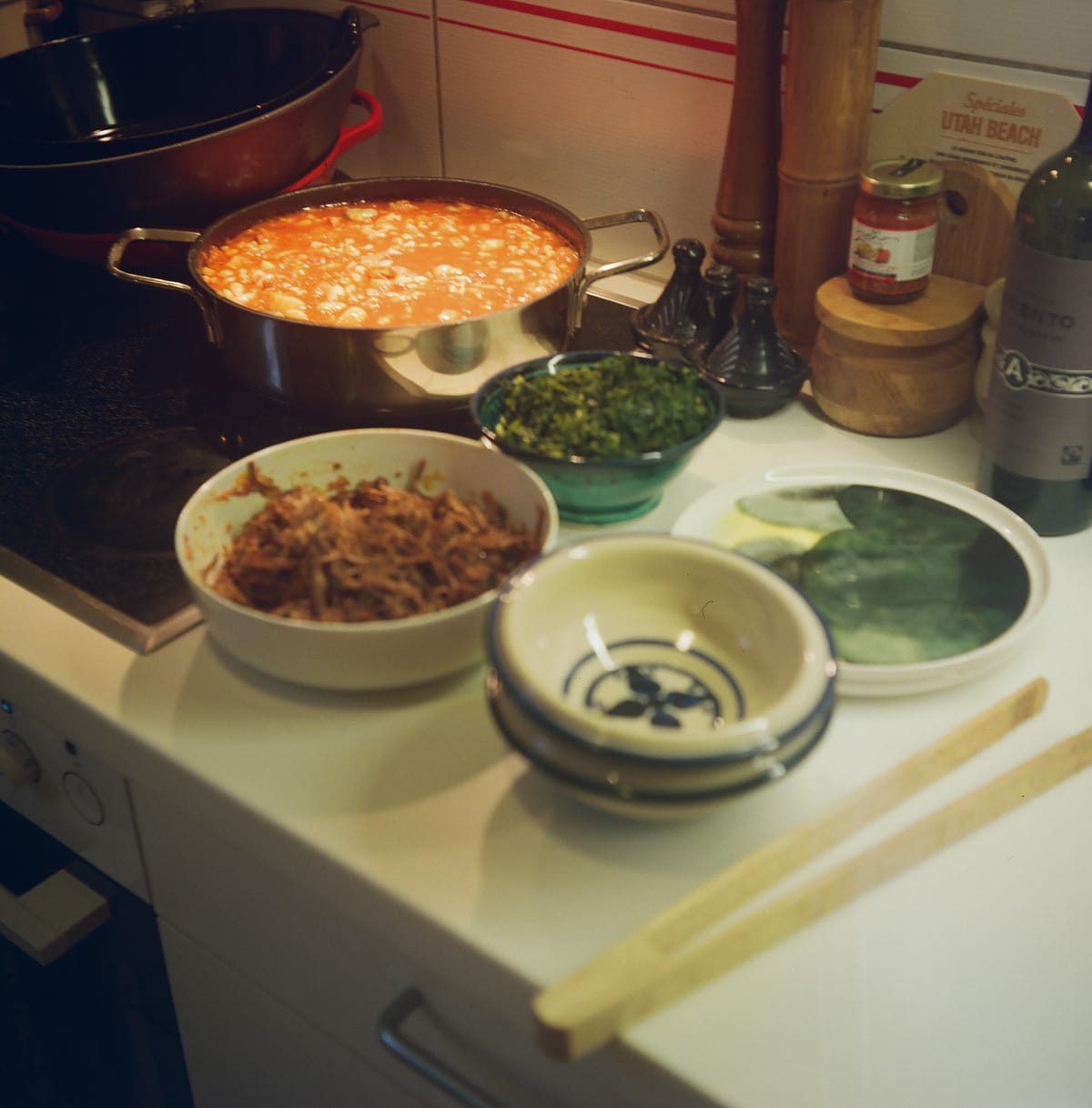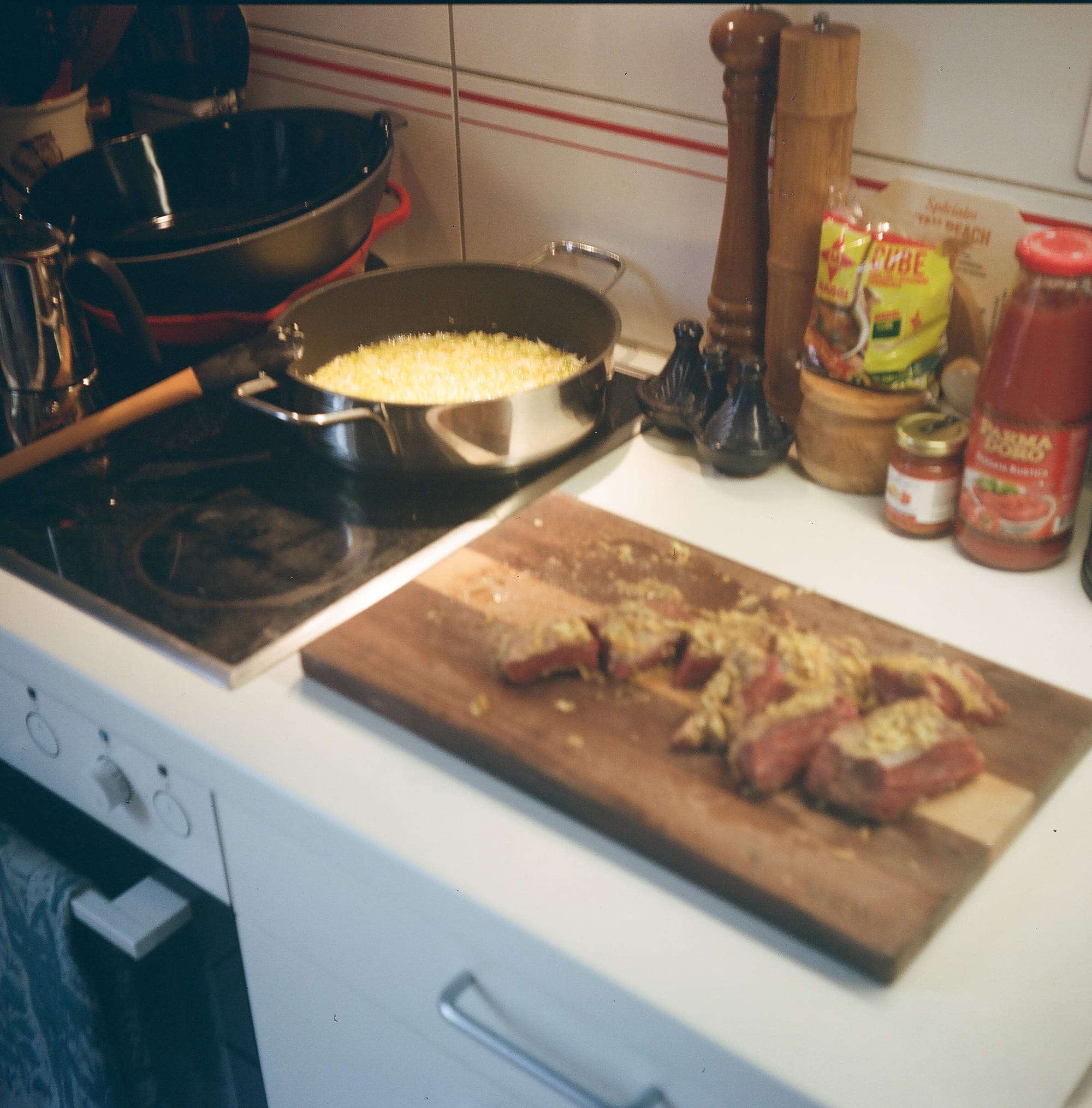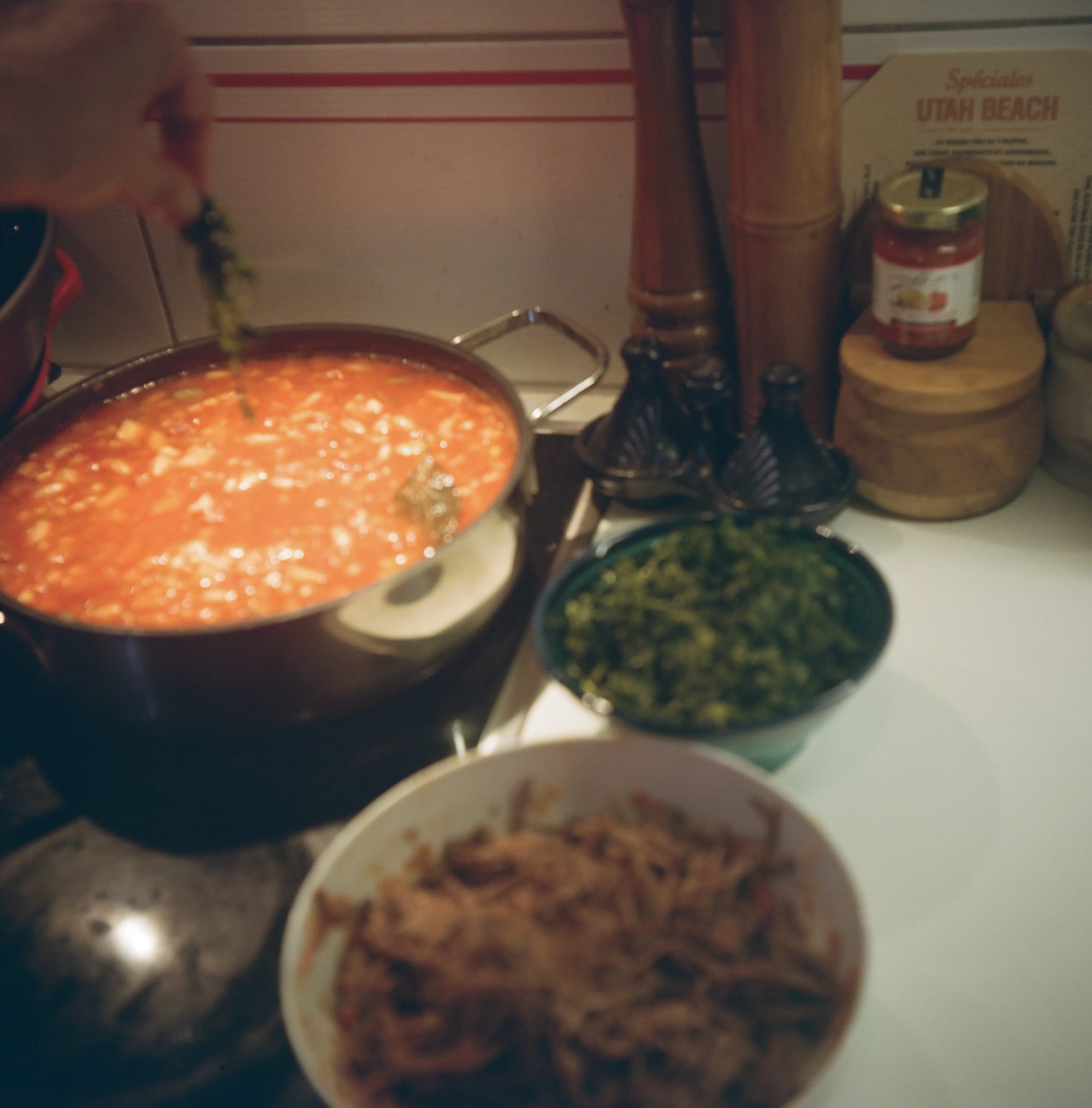What to eat CAPE VERDE 🇨🇻 Cachupa
Cachupa, the country’s national dish, is a simple stew with no additional spices but flavorful staple ingredients that do all the talking... The website Culinary Backstreets reports, “In Cape Verde, the dish comes in many forms,” and notes the version labeled pobre may in fact actually be richer...

Cachupa
Published May 17, 2024 · by Amanda Rivkin Häsler
Cape Verde is an archipelago of islands located off the coast of West Africa that was reportedly uninhabited when the Portuguese arrived in 1456. As a result of the colonization of the islands and its prime location, it became home to people and influences from West Africa, Europe, the Middle East and the Americas, characteristics it has maintained to the present day, having only declared its independence after 519 years of Portuguese rule in 1975.
Africans and Arabs were first brought to work on the plantations the Portuguese built for themselves. Jews and Arabs fleeing the Iberian Peninsula during the Inquisition arrived in Cape Verde beginning in the late 15th century. Later, French and Italians arrived as well. Dutch, British and Middle Eastern traders followed.
The isolation and diversity of Cape Verde means most from the islands today have mixed ancestry. The different culinary palettes likewise combined to give birth to a distinctly Cape Verdean form of Creole cuisine and a language that is most closely related to the Creole spoken in present day Guinea Bissau.
Cachupa, the country’s national dish, is a simple stew with no additional spices but flavorful staple ingredients that do all the talking. The blend of hominy, beans, yuca, tomato sauce, beef, salt pork or lardons as well as Portuguese chouriço, bay leaves and olive oil speak to the diversity of the flavors and peoples coming together on the islands. Some bouillon is added in the present incarnation, but one can imagine before this modern convenience bone broth was the basis of the stock for this simple but savory dish.
The website Culinary Backstreets reports, “In Cape Verde, the dish comes in many forms,” and notes the version labeled pobre may in fact actually be richer as it contains a great variety of Atlantic seafood caught locally. Each island of Cape Verde has its own regional variation, as befitting a proper national dish. Families also are known to sub in and out ingredients based on season and availability.

Cachupa rica tends to have more ingredients than cachupa pobre, but the dish itself is dictated based on available items. Meat is more expensive and therefore scarce in Cape Verde, resulting in the rica name for the variation of the dish. Leftovers of the hearty stew are often refried and served with egg or sausage known as languiça or even makerel, a resulting dish that is known as cachupa frita, cachupa guisada or cachupa refogada depending on where you are.
Today more Cape Verdeans live abroad than in Cape Verde. There are significant communities in the New England states of the US, as well as in Brazil and Portugal. One website, Taste Atlas, reports the best place in the world to eat cachupa may very well be at Restaurante Cesaria in Boston, Massachusetts.
Portuguese remains the official language in Cape Verde nearly half a century after independence was declared, but Cape Verdean Creole is favored colloquially. While 80 percent of the people are Roman Catholic, there is a small Protestant community comprising five percent of the population. Additionally, small Bahai and Muslim communities remain, a reminder of the deep heritage of the trade routes of centuries past.
Recipe
Ingredients:
White kidney beans
500 grams of thin brisket or flank steak
Knorr onion soup pack mix (62 g)
3 shallot or 6 cloves of garlic
3.5 onions
1 carrot
1 bay leaf
1 bouillon cube
620 grams of tomato sauce
1.5 cups of hominy
Half a yuca
¼ cup fava beans
100-150 grams of chouriço
200 grams of frozen caldo verde or kale
Step 1: Soak two cups of white kidney beans in water with a pinch of salt and let sit out overnight. Also overnight, coat both sides of the thin brisket with the onion soup mix packet and one shallot or cloves of garlic diced. Refrigerate overnight.
Step 2: Dice three and a half onions and two shallots. Add to a sautée pan with high sides or a Le Creuset style roasting pan with lid. Allow to brown a bit.
Step 3: Cut the meat into chunks before adding to the pan and browning on both sides. Add the lardons after both sides are browned and turn down to low heat. Add chopped carrot.
Step 4: Add 500 grams of water with bouillon cube dissolved and roughly 620 grams of tomato sauce to submerge the meat fully in liquid. Stir together so that bouillon and tomato sauce mix. Cover the pot with a lid and turn down heat to low.
Step 5: After an hour, add the white kidney beans and hominy and stir everything together. Cover and let sit for another hour.
Step 6: Cut yuca into small pieces.
Step 7: Remove the brisket from the stew and allow to cool. Add yuca and fava beans to the stew. Stir and wait 45 minutes.
Step 8: Shred brisket using two forks.
Step 9: After 30-45 minutes, taste the fava beans and yuca first to see if cooked properly, then add chouriço.
Step 10: Shortly before completing, add kale or garnish with caldo verde and brisket. Serve when satisfied with taste and flavor.

Tips, tricks and notes:
Add cold water only as needed to reliquefy the stew as you make it.
For beef, we go to Casa de Vinos Argentinos in Bern which has the best cuts at superior prices.
For hominy, chouriço and caldo verde, the Portuguese shop Casa Lusitania in Bern provides authentic products.
For yuca and bouillon, Tropical Zone has the real African connection and supply.
The beans were all available at Denner, the discount grocery chain favored by many immigrants to Switzerland.
Learn where to eat Cape Verdean food in Switzerland.
Follow our social media pages @swissglobaldining on Instagram, TikTok and YouTube